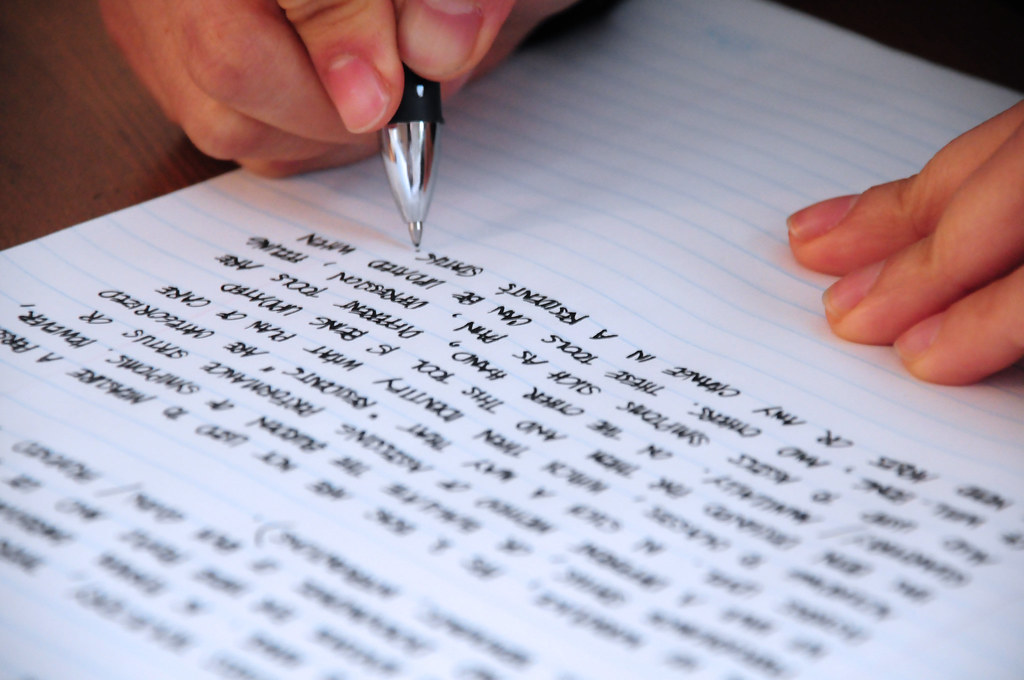Swimming is a fun activity. If you do it the right way, then the benefits can be felt.
Conversely, the wrong way of swimming can result in injury, even death due to drowning.
There are at least 5 swimming techniques that need to be considered and done correctly:
Diving Technique
When plunging into the water is a very crucial moment. If one does this technique, then the body can not penetrate the water properly.
The trick is to extend your hands forward by clasping your palms together. The position of the head is facing downwards, and is under the position of the arms.
Dive with your hands touching the water first, followed by your elbows, head, then your lower body. Read here more about lifeguard classes near me under the instructions of American lifeguard Association.
Breathe
Breathing is the most basic swimming techniques, but it is the most important. If you can’t regulate your breathing rhythm, you won’t be able to swim properly.
The main idea is that you take a deep breath before submerging your head under the water.
Then, exhale slowly through your nose and mouth. Do it rhythmically with hand movements.
Floating
Before learning to master the various styles in swimming, you need to master this one swimming technique.
Floating helps your body stay on the surface of the water. Floating also keeps the body in a horizontal position.
This technique is important, so you won’t drown if you accidentally fall into deep water.
Coordination
When swimming, all limbs must move in a coordinated manner with one another.
To swim forward, you have to move your lower body muscles back, abdominal muscles, and hips, assisted by pedaling legs.
The forward movement will become easier with the help of the hand paddle movement.
Gaya
Swimming has several types of styles, such as freestyle, frog, butterfly, to backstroke. Everything can be learned if the 3 basic techniques previously have been well mastered.
In fact, all styles in swimming techniques revolve around coordinating all parts of the body so they can float and move in the desired direction.
If you are not a competitive swimmer, mastering the freestyle technique will suffice. However, it never hurts to learn other styles of swimming.
How to Practice Swimming
Swimming exercises can be grouped according to experience and expertise. For beginners, the exercise menu is:
- 2 x 50m freestyle with 30 seconds rest between sessions.
- 2 x 50m leg freestyle with 30 seconds rest between sessions. In this section, the swimming technique used is only leg paddles.
- 2 x 50m freestyle with 30 seconds rest between sessions. In this part, use the pullbouy tool between the legs, so that the swimming movement only uses hand paddles.
- 1 x 50m freestyle at normal pace, rest 30 seconds.
- 1 x 25m freestyle at full speed, rest 45 seconds.
- 1 x 75m freestyle – 20 seconds rest.
- Freestyle with leg kicks 1 x 25m – 20 seconds rest.
- 1 x 75m backstroke – 20 seconds rest.
- Backstroke using legs 1 x 25m – 20 seconds rest.
- 1 x 75m breaststroke – 20 seconds rest.
- Breaststroke using leg paddles 1 x 25m – 20 seconds of rest.
Also read about: Lifeguard Swimming is a complete sport, 4 reasons why








